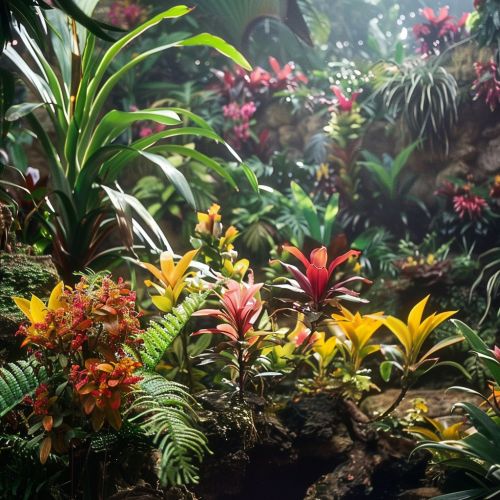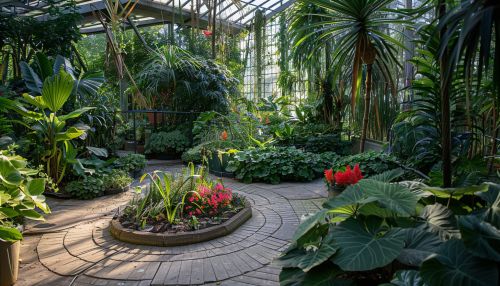Ex-situ conservation
Overview
Ex-situ conservation is a form of conservation strategy that involves the preservation of components of biological diversity outside their natural habitats. This approach is primarily used for species conservation and biodiversity preservation, and it involves the collection, maintenance, and storage of seeds, pollen, tissue, or entire species of plants or animals in controlled environments such as zoos, botanical gardens, and gene banks.


History and Development
The concept of ex-situ conservation has been in existence for centuries, with the earliest known instances dating back to the creation of menageries and botanical gardens in ancient civilizations. However, it was not until the 20th century that the practice became more formalized and recognized as a critical component of biodiversity conservation strategies. This was largely due to the increasing recognition of the threats posed by habitat loss, climate change, and other anthropogenic factors to global biodiversity.
Principles and Methods
Ex-situ conservation is based on the principle of preserving biological diversity outside of its natural habitat. This is achieved through a variety of methods, including:
- Zoological Parks and Botanical Gardens: These institutions provide controlled environments for species to live and reproduce. They also serve as centers for research, education, and public awareness on biodiversity conservation.
- Gene Banks: These are facilities that store genetic materials. These can be in the form of seeds (seed banks), sperm and ova (sperm banks), pure DNA (DNA banks), or even entire organisms.
- Cryopreservation: This is the preservation of genetic material at very low temperatures, typically in liquid nitrogen. This method is commonly used for the long-term storage of a wide range of biological materials, including seeds, embryos, and tissues.
- Tissue Culture: This method involves the growth of tissues or cells separate from the organism. This is typically done in a sterile environment where the conditions can be controlled.
Advantages and Limitations
Ex-situ conservation offers several advantages. It provides an 'insurance policy' against extinction in the wild, allows for the generation of better scientific knowledge about the species, and provides opportunities for education and awareness-raising. However, it also has limitations. These include the high cost of maintenance, the risk of domestication effects, and the potential for outbreeding depression.
Role in Biodiversity Conservation
Ex-situ conservation plays a critical role in biodiversity conservation. It complements in-situ measures by providing an 'insurance policy' against extinction. It also facilitates research that can be used to inform in-situ conservation efforts. Furthermore, ex-situ conservation can play a role in the recovery of threatened species through captive breeding and reintroduction programs.
Future Directions
The future of ex-situ conservation is likely to be shaped by advances in technology, changes in policy and legislation, and shifts in societal attitudes towards biodiversity conservation. There is a growing recognition of the need to integrate ex-situ and in-situ conservation strategies, and to develop more collaborative and networked approaches to conservation.
